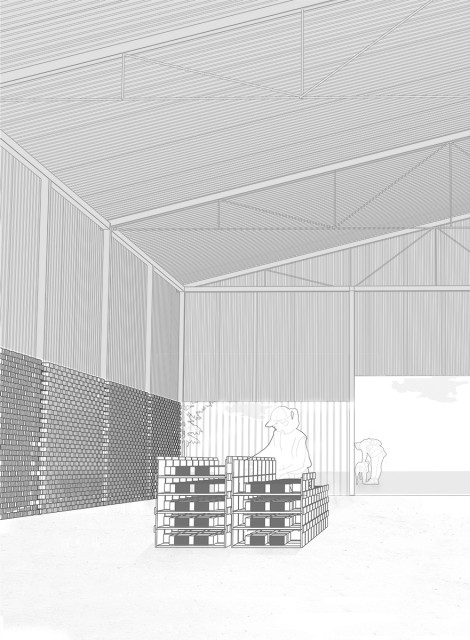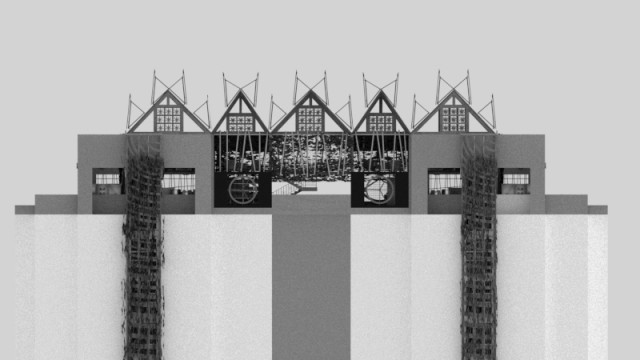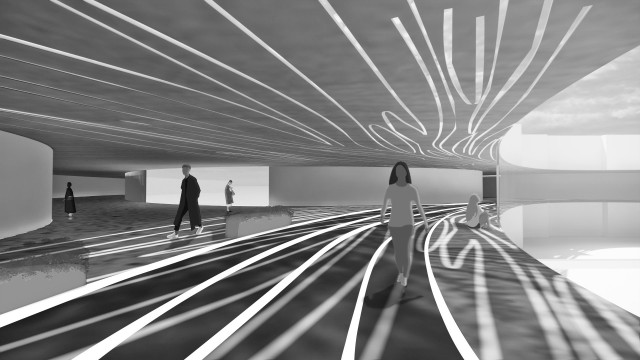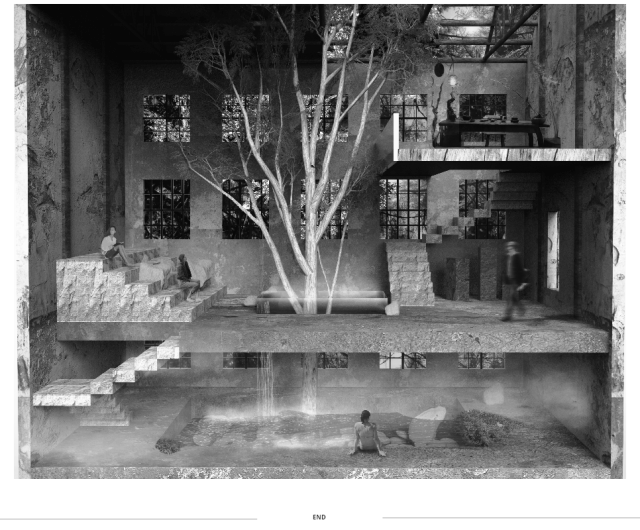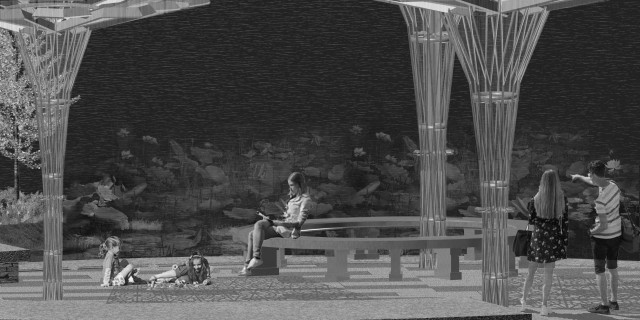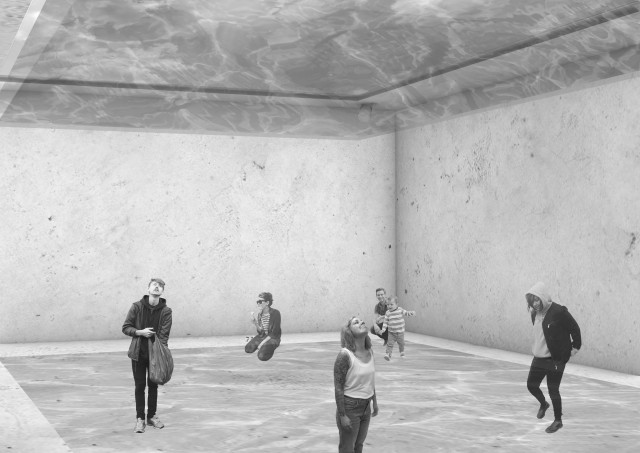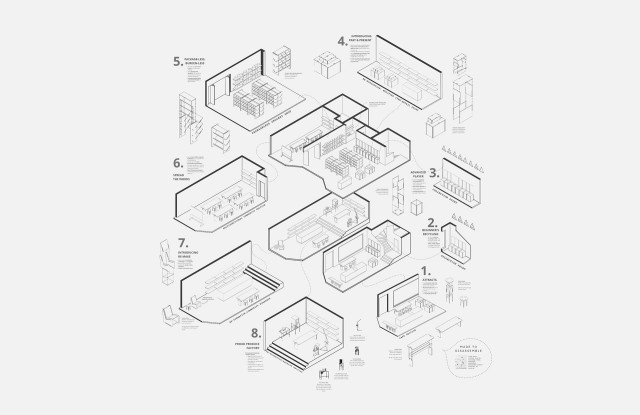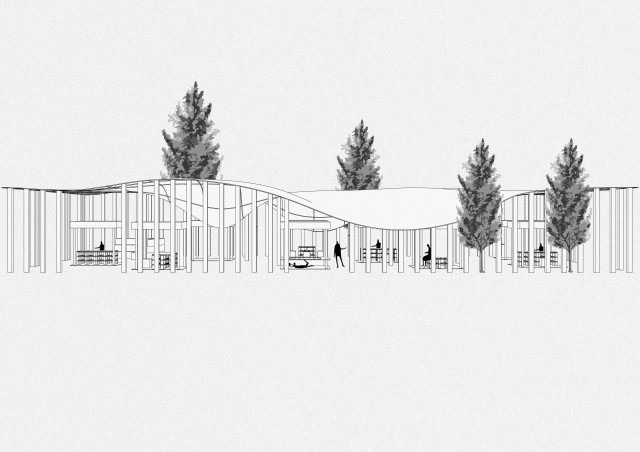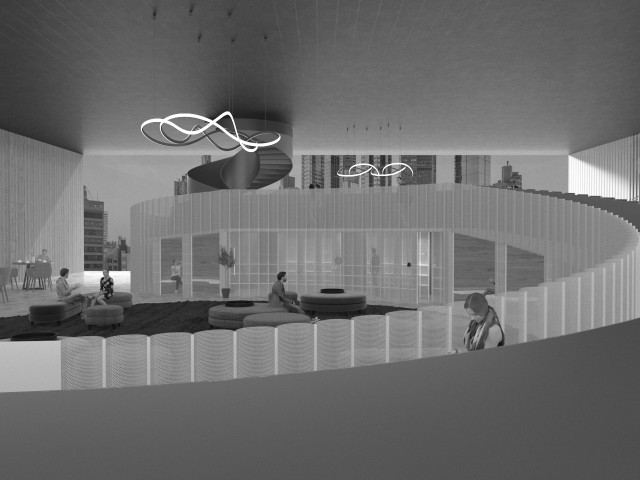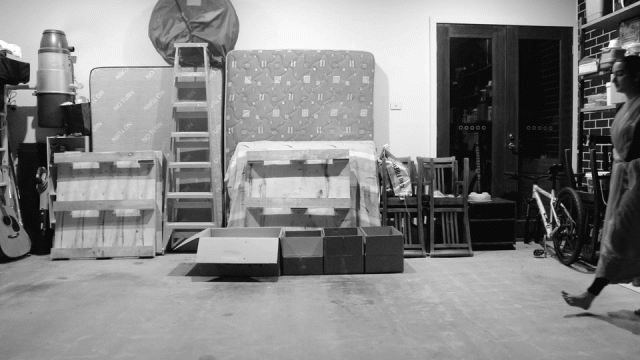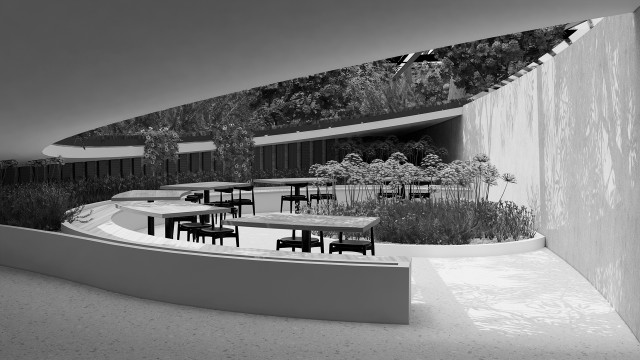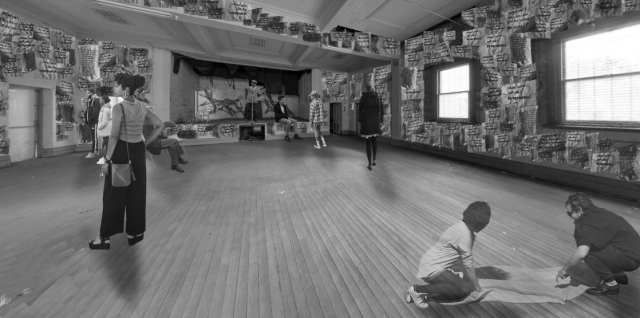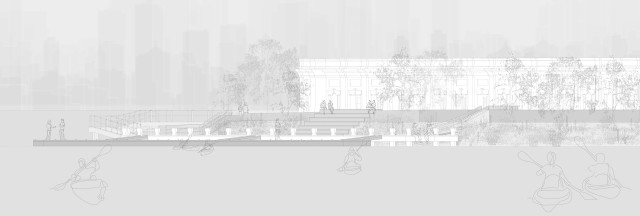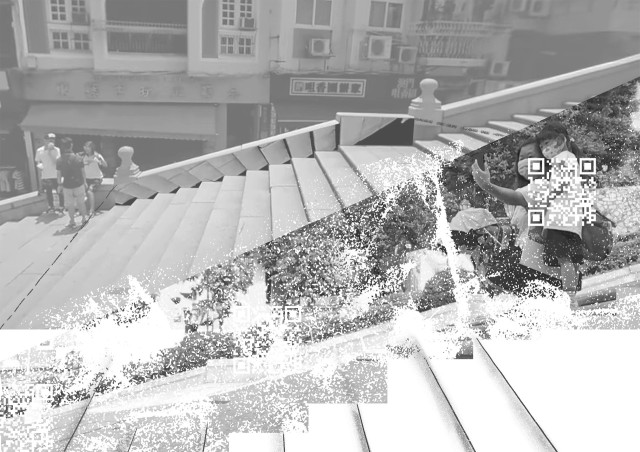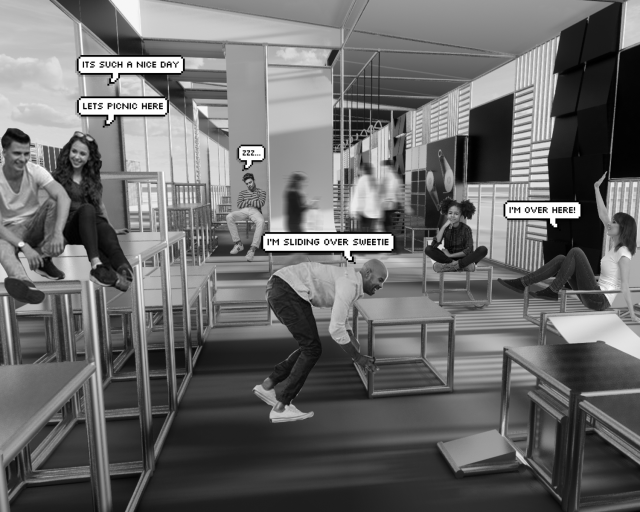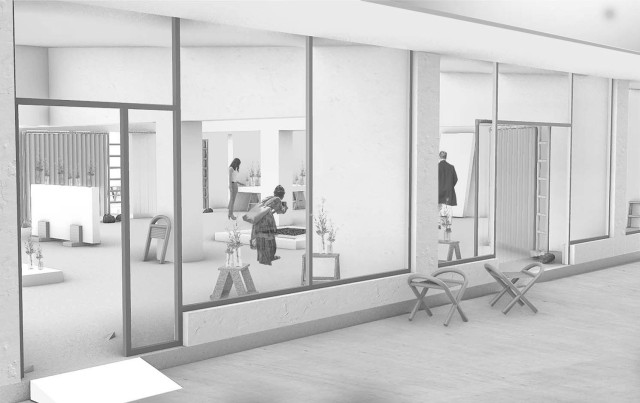Ellyn Tan, Language of Space [×]
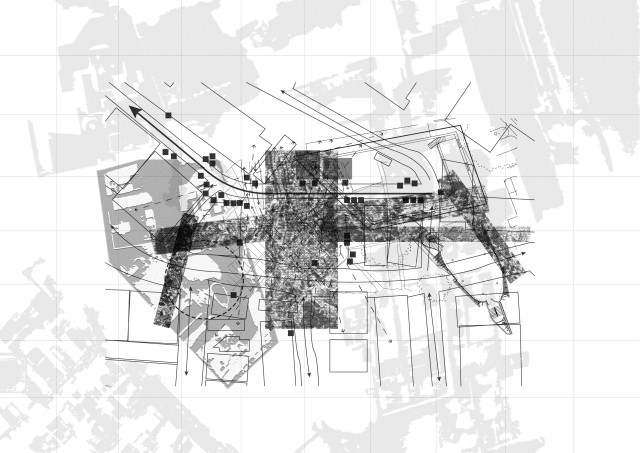
How can the slippages of translation in spatial and body language be recognised, interpreted and expressed?
Language of space' is a research project motivated by an interest in practising and exploring the relations between language and space. Language is explored as a practice in which it is understood as a medium, material and tool—to enable exchange, expression, movement, communication, and information. Language is experimented with through various mediums such as text, graphics, signs, annotations, photography, mapping, and diagramming.
The practice has engaged in how language involves translations, misinterpretations, where slippages and multiple readings—causing interference or connection—are celebrated and explored in how these effect and affect the audience experience. Language has the potential to be social, political, contextual, and is complex due to its cultural nuances and impact. This has been explored critically and creatively where techniques in language have been developed, such as concrete poetry, display, and wayfinding programs. These have been experimented with in relation to exhibition design, curating and designing experiences with art.
The project comprises a series of physical and digital space-interventions that examine thresholds, surfaces, and reflections as a mode of mediating and heightening encounters with art and the space where art is encountered—accompanying a series of site-specific interventions is the design of a website that aims to engage in digital mediums through imagery, text and sounds to enable the audience to navigate the exhibition in a different mode. Through translation, transfer, texting, and reading, the exhibition design engages with how language becomes a way of facilitating the encounter with art and its site of display.
Situated at The Godown, a cultural program and space located in Kuala Lumpur, Malaysia, the project investigates the building's cultural, historical, and social aspects and urban setting. The project comprises designing an exhibition for Lucy McRae whilst simultaneously responding to the site and the current restrictions upon people being unable to access exhibitions in physical space. As globalisation decreases, digitisation compensates for the loss of physical accessibility with art and exhibition spaces. By speculating and negotiating between the presence and absence of the body, the digital and physical, the 'Language of space' can facilitate and expand the encounter with art.










